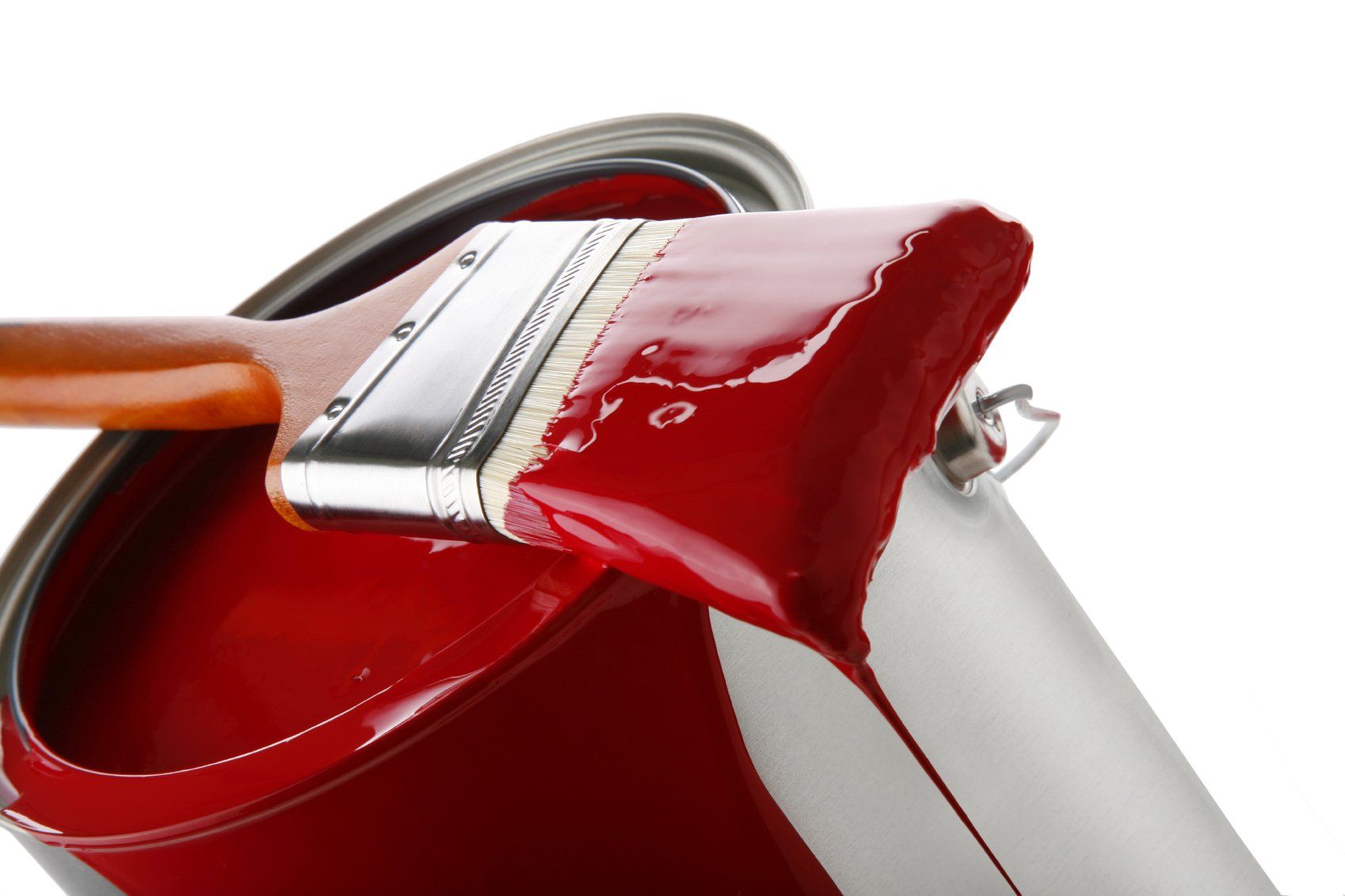Maintenance
"Do not buy what is cheap, because it may be dear to you!"
Your log building should easily last 100 years or more, indeed 150 years is possible but this does depend on maintaining your building.
What then are the requirements and options?
Creating amazing spaces and homes.
Featured: Bespoke Design
Maintaining Your Log Home
Good design is the most important facet of protecting your log building and of giving it the best chances of a long, trouble free life but, your log building will require regular maintenance.
With correct maintenance your log building should easily last well over 100 years, indeed, correctly designed, erected and maintained, your log building could run to 150 years, as many such buildings do in their native environments.
Using the correct procedures and quality materials will ensure your building will see you through your lifetime.
The Maintenance Process
Why you should be looking to maintain your log building?
01
Foundations
Foundations - often overlooked in their importance are the foundations to your log building. The type of foundation for your plot will be determined largely by the Planning Process from your soil survey.
Good foundations are vital in helping to protect your log building from the effects of moisture and decay.
A fairly universal and indeed, the preferred solution of timber log buildings are raft foundations - log buildings are much lighter than traditional buildings.
02
Design
You will notice a common design feature in all log cabins is a roof overhang? This feature will remove pressure from the walls - helping to protect your log building from the worst of the weather.
03
UV Damage
UV has the effect of damaging the polymer bonds within the wood - lignin is especially at risk if protection is absent, the cellular structure will fade or grown dark and become loose - exposing the timber to further risk.
04
Moisture
On leaving our factory our log cabin will have a moisture content of around 14%. Timber is hygroscopic, meaning it will take up and retain moisture until it reaches equilibrium with the environment around it - this process needs to be controlled.
05
Nature
Fortunately, we do not have the problems log buildings face in other countries, such as termites but you do need to protect the timber logs in your building from fungi, mould, mildew and boring insects.
06
Sapstains
These are a natural occurence where sap exudes from within the timber and discolours the treated surface. With the size of logs we use they cannot be treated or removed other than by sanding and treating. Over time they will diminish and their effects diappear with future treatments.
Quality Counts!
Using cheap, inferior materials and poor practice will only result in an increased maintenance cycle and reduced protection for your home, holiday let, office, etc.
It's important also to understand that buying, installing and maintaining a timber log building from Ritsu, is not the same as for garden buildings such as so called "log cabins" in the garden.
First Steps...design
We have touched on the aspect of good design in your timber log building, several key aspects of which can be seen in the image right - a bespoke design log home.
- The building is using 202 mm square logs for both external and internal walls (an option available on most buildings) - this differentiates a log home from a garden building.
- You will notice the roof overhang, a common feature to almost all of our buildings - the overhang serves to protect the walls from the worst of the weather - including UV.
- Concrete base - this matches the outline of the log building itself, spreads the load of the building across the whole of the base and prevents rainwater from penetrating underneath.
- As a lightweight structure, your log home will save time and money - resulting in less site spoil and less concrete.
- Each log forms a part of the structure so there is no need for additional steel or for lintels.
To Paint or Stain?
Stain!
Unlike the so called "log cabins" sold in garden centres your log building sees a need for the logs to be able to "breathe" - this refers not to air movement but to the movement of water vapour through the logs by diffusion.
If you paint a log building you prevent this process from occuring, this can result in moisture problems inside your building and may create an environment which is not as healthy!
You might also find the paint blisters and cracks - opening up the timber structure to attack. Using a good quality stain offers greater and longer protection as it penetrates the timber to a greater depth and moves with the timber.

ALWAYS HERE TO HELP YOU
Internal Treatment
Aside from the protective treatments necessary you might opt to leave the exposed timber logs internally in their natural form - with a clear stain over?
Or, you might choose to use feature colours, such as here in the image right (Pille) where a coloured coat has been applied to the walls, leaving the grain visibly exposed, whilst a grey has been applied to the roof joists as a contrast.
Fire Treatment
Timber Outside - Timber Inside
For log buildings functioning as a residential log home with two floors then Building Regulations will require the exposed timbers to be treated with a fire retardant to achieve a Class 0 Fire Rating. For other buildings and uses such treatment is not normally required.
These coatings are colourless and odourless and can be applied by brush, roller or low pressure spraying, leaving an almost invisible finish. Once applied the protection lasts for the life of the log building and does not need re-coating. Note that the purchase process includes a Certificate, evidence of which will be required by Building Control.
Overpainting is then possible with water based, non-flammable stains - some manufacturers also produce coloured stains that provide both functions, a Class 0 Rating and the required finish.
You can download our Technical Document - Fire Treatment by clicking on the button below.



